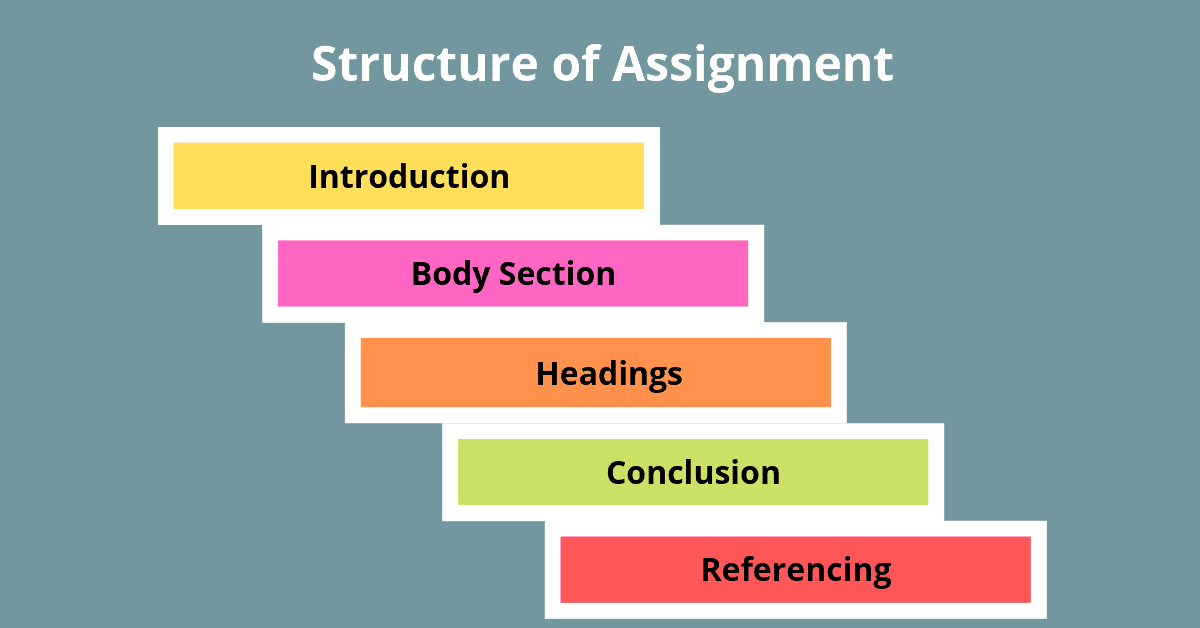
Simple Writing Tips for Perfect Assignment Writing
When it comes to academic success, clear, effective writing is a non-negotiable skill that can mean the difference between a student’s impression cut short or a comprehensive understanding of a topic that speaks volumes. As students, we’re tested not only on our knowledge but on our ability to communicate that knowledge in a structured, logical, and engaging manner. This post is a comprehensive guide on how to transform your writing—from a necessary evil to a powerful tool for success.
Introduction: Your Words, Your Reputation
In the academic world, your proficiency in writing extends far beyond the written page—it’s a direct reflection of your competence, your discipline, and your personal brand. Academic assignments are the cornerstone of scholarly assessment, often representing a significant portion of your grades.
Understanding the Assignment
Before you put pen to paper (or fingers to keyboard), the first critical step is to understand the nature of what you’re being asked to produce. Assignments can vary greatly from essays to research papers, from summaries to critiques. Each type has its own structure, style, and language, which you need to discern and execute effectively.
Analyzing the Topic and Requirements
Begin by dissecting the topic. What are the questions that need answering? What is the context, and what are the objectives? Pay close attention to the action words in your instructions. Are you asked to ‘compare’, ‘analyze’, or ‘evaluate’? Each verb invites a distinct approach to your writing.
Once you’ve established the topic, read the guidelines provided by your instructor. This will typically include formatting specifications (e.g. font size, margin width), the length of the assignment, and possibly the weighting of different sections (if applicable).
Setting Clear Objectives
Before beginning any significant writing, set objectives for what you want to achieve. These could be as simple as ensuring that all questions are answered in your response or more complex, such as providing innovative ideas or solutions.
Structuring the Content
Good writing is not only about the words you choose but also about the framework you build for your reader. An assignment must have a clear and logical structure guiding the reader through the points you are making.
Introduction, Body, Conclusion
The classic rule of ‘tell them what you’re going to tell them, tell them, and then tell them what you just told them’ holds strong in academic writing. Introduce your topic, lay down the main points, dissect them in the body, and then summarize your findings in the conclusion.
Using Headings and Subheadings for Organization
Headings and subheadings are the signposts of your written terrain, guiding the reader’s navigation. They break down complex subjects into manageable chunks and aid in the outline of your assignment for both you and your reader.
Clarity and Conciseness
Clarity is key to conveying your ideas effectively. Always ask yourself, if I were completely new to this topic, would I understand this sentence? This paragraph? This report?
Avoiding Jargon
While some subject-specific terminology may be necessary, overuse can create barriers between you and your reader. Ensure that every term used is either widely understood or properly explained within your writing.
Using Active Voice and Clear Language
The use of active voice compels a reader to engage with your work and makes your writing more direct. Passive voice can create ambiguity and weaken the strength of your arguments.
Research and Referencing
Good writing is backed by good research, and all good research is subject to academic rigor. Develop a clear understanding of what quality sources look like and how to use them appropriately.
Conducting Thorough Research
Make the most of the resources available to you, both at your institution and through libraries, databases, and academic journals. A well-researched piece of work is often marked by its comprehensive understanding of the issue and the incorporation of multiple viewpoints.
Proper Citation and Referencing Styles
Different disciplines have their own preferred citation and referencing styles. Whether it’s APA, MLA, Chicago, or Harvard, be consistent throughout your work. Accurate referencing is not only necessary to avoid plagiarism but also to give credit to the sources that have informed your writing.
Editing and Proofreading
Your first draft is rarely your best: editing is where good writing becomes great. This stage is often where the refining happens, clarifying your ideas and sharpening your language.
Checking for Grammar, Spelling, and Punctuation Errors
In the age of auto-correct and spell-check, there’s no excuse for basic errors. However, these tools are not foolproof. Always perform a manual check, and don’t rely solely on technology to correct your writing.
Seeking Feedback and Revising Where Necessary
A fresh set of eyes can spot issues that you might have glossed over. Whether it’s a peer, a tutor, or a colleague, feedback is invaluable for improving your work. Be open to suggestions and willing to reconsider your writing strategy.
Conclusion: Writing to Success
The art of assignment writing is not a solitary one. It’s a collaborative process between your ideas and the expectations of your academic institution. By mastering these simple yet critical tips, you will undoubtedly refine your skills and rise to the challenge of perfect assignment writing. Remember, the more you write, the better you become. Practice these tips with each new assignment, and watch as your academic prowess not only meets expectations but exceeds them.
For further guidance, consider seeking out writing workshops, online tutorials, or consulting with your university’s writing center. These resources are designed to support you on your writing journey. With perseverance and the right set of tools, perfect assignment writing is well within your reach.




